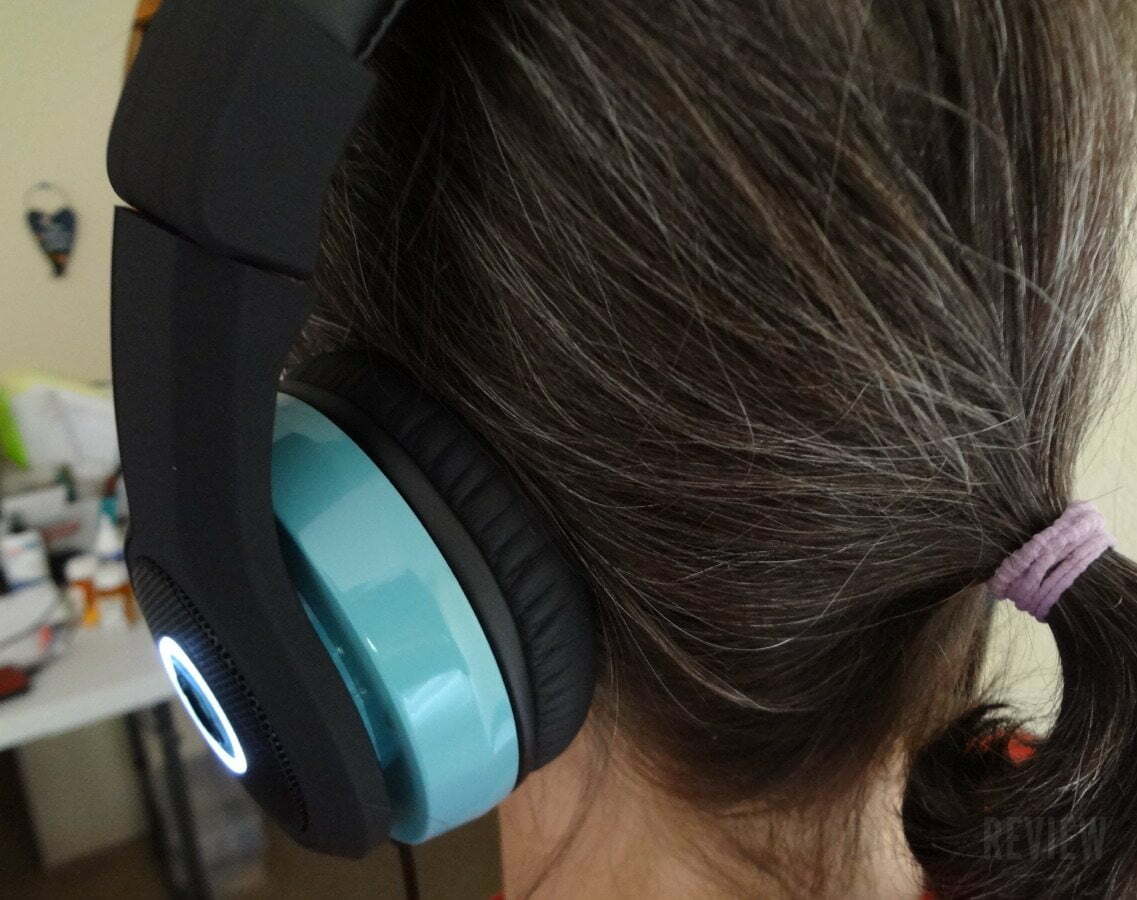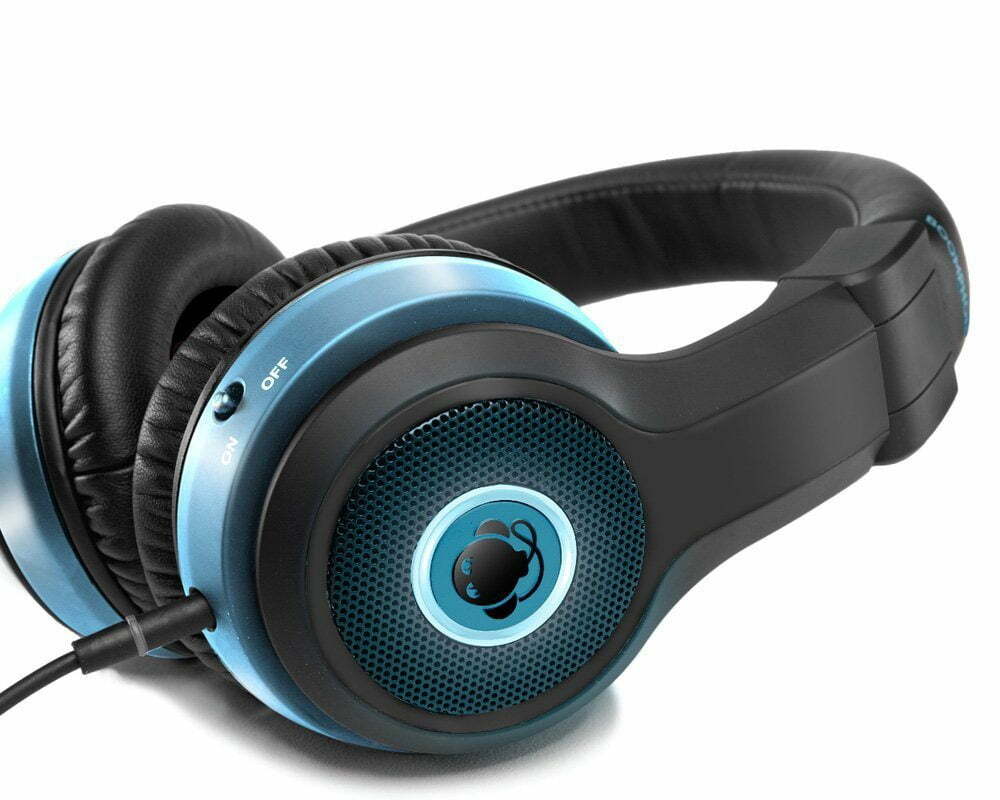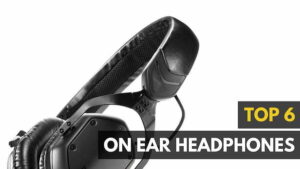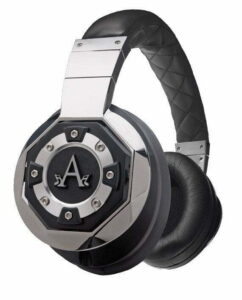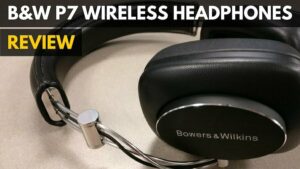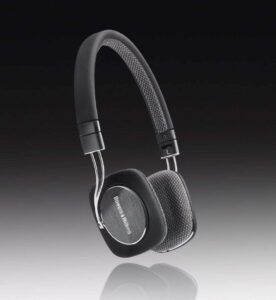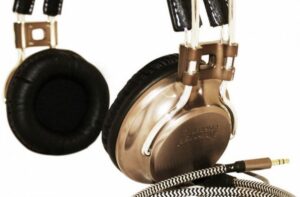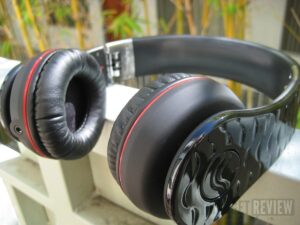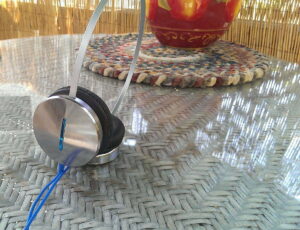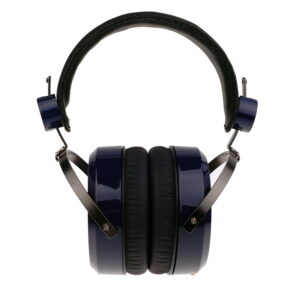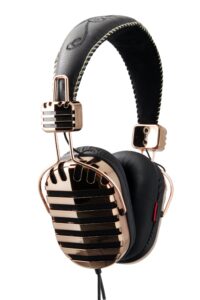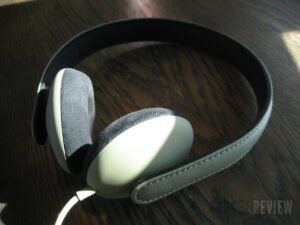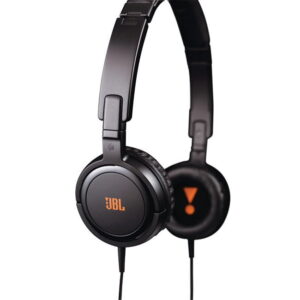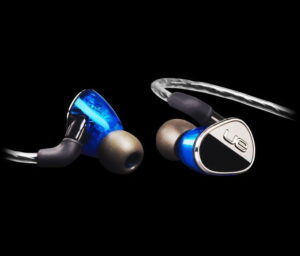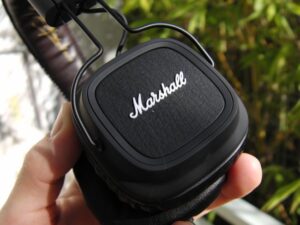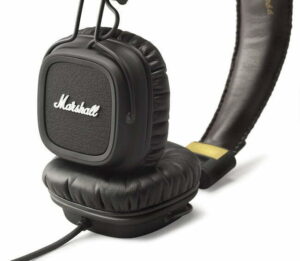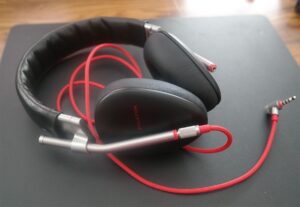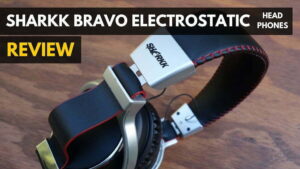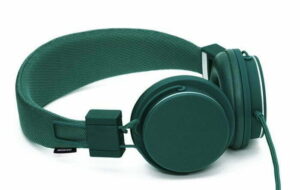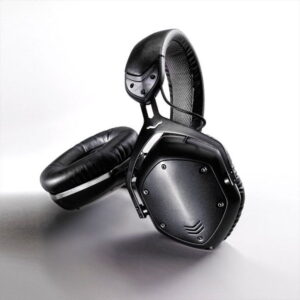The best headphones can be tough to buy. Just like the Mpow H10, all headphones have a basic function; to provide a closed environment for listening to audio. Then the differences are applied — such as how comfortably they fit and how good they sound being the most two important ones. But being usable as a pair of stereo speakers isn’t part of their normal design. But it is for the Boomphones Phantom.
The Phantom comes in a well constructed hard box that contains a soft pouch that’s good for holding the included accessories: a 3-foot mini-jack audio cable, another the same length but with an inline mic (for smartphone use), a mini-jack to headphone adapter, and a USB charging cable for the rechargeable battery. Not charging the Phantom won’t stop it from being used as passive over-the-ears headphones, but without a charge amplifying the inside or outside speakers won’t happen. Nor will there be any LED illumination. So, what makes it one of the best over-ear headphones?
The first thing noticed was the padded headset and the plastic-ringed earcups. I was pleased to see that the hinges for each cup had very little “give” and looked to be solidly designed — I’ve had 2 pairs of headphones in the past break off at these hinges. Controls consist of an On/Off switch on the left earcup, with the mini-jack audio input below it, and the micro-USB port on the right earcup.
Related: In case you want to try a different unit, read the Panasonic RP HT161 K review
I began by playing an episode of Japanese animation, “Knights of Sidonia” and was pleased to hear that the headphones could reproduce the slightly higher treble of those speaking Japanese without any distortion. The fit of the headphones was tight, but the padded headset kept them from being painful — after wearing them for an hour, they weren’t pinching my ears the way some other headsets did (probably due to the 40mm drivers requiring a larger cup). The tight seal of the cups also aided in the solidity of the bass response.
With the cups still on, I flipped the amplification switch — but other than it now illuminating the logo design on the outside of each cup with a solid white ring, the sound I was hearing became only marginally louder (less than 2 out of 10 if I had to put a number to it). I pressed against the right cup logo — nothing happened — but when I did the same to the left cup, the illumination became a solid blue ring and the amplification went way, way up — I’d say it tripled — because it was now playing through the outside drivers (yes, Boomphones was right in saying you should take them off first before going to the external amp).
The quality was similar to that when listening with the cups on, in that there was no distortion or crackling/hiss during playback. This continued even when I brought the volume up nearly to the 3/4ths mark on the computer (keeping in mind that there’s no volume control on the Phantom itself). Certainly, the volume was loud enough to be heard by anyone within a 10-foot radius, and that included having the TV on and my wife’s iPod dock playing some 40 feet away.
Related: Looking for comfortable on-ear headphones? Check the Phiaton Bridge MS 500 On-Ear Headphones review
One of my favorite tests is Frank Zappa’s instrumental “Peaches en Regalia” due to the layering of horns, constant bass, rotational drum set, and the more excellent guitar playing that anyone has the right to listen to. I wasn’t disappointed with the Phantom in place over my ears one bit, although when I played it externally the sound at high levels did start to feel a bit “thin” — expected from the amplification and the drivers not being absolutely top drawer. Similar results occurred when I played both symphonic and rock music through iTunes. The Phantom is good enough to be considered moderately “audiophile,” although realistically they are nowhere as sweet as headphones using wood as part of the chassis (plastic resonating differently) or as succinct in detail as my high-end and expensive Sennheisers. But then it doesn’t have external stereo speakers.
Bottom line: The Boomphones Phantom headphones provide good, solid sound when placed over the ears, but the addition of the boombox feature adds to its use in a unique fashion — especially when used with a smartphone outside where having others “listen in” is desirable. This doubles the value of the $149.99 headphones.
